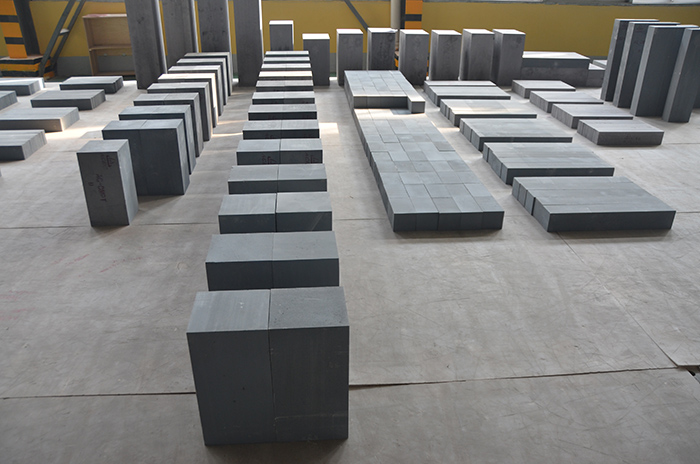Product Search
Quickly find the product you need
Products List
Refractory Knowledge
- the development of the refractory brick i
- The Use of Mullite Insulation Bricks
- Classification of mullite insulation bric
- Aggregates Used For the Production of Ins
- Pollution and treatment in the production
- Manufacturing process of fire clay insula
- Pros and cons of lightweight mullite bric
- Production Process Methods of Refractory
- Refractory material production process
- Thermal Shock Resistant Fireproof Heat In
Products List
- Phone:0086-370-63838939
- Email:sales@sunriserefr.com
- Office Address: No.36 Fengchan Road Of Zhengzhou, Henan, China (Mainland)
Brief analysis of High Quality and Hot Sale light mullite brick
Date:2019-12-25 16:00 | From:Zhengzhou Sunrise Refractory | Author:admin
1.What is mullite lightweight thermal insulation brick?
Shaped lightweight heat-resistant refractory bricks are shaped block-type heat-resistant refractory products with a porous structure and thermal insulation properties. Among them, brick-shaped products have the most extensive production and application, so they are also called lightweight heat-resistant refractory bricks.
Shaped mullite products mainly refer to mullite lightweight heat-insulating bricks, which are a type of Al, O with a content of 50% to 80%, and a new type of insulation with mullite (3Al2O, 2SiOz) as the main crystalline phase and the combined phase Hot material. Because mullite lightweight heat-insulating bricks have the advantages of high temperature strength, good high temperature stability, small thermal expansion coefficient, and good thermal shock resistance, etc., they are widely used in linings of kiln working surfaces in direct contact with flames. One of the research hotspots.

2.What is the main raw material of mullite insulation brick?
The main raw materials of mullite insulation brick are as follows: clay, calcined alumina (w (Al203) ≥99, D0.5 is 0.043 ~ 0.1mm), calcined mullite powder (w) (Al2O3) ≥65, D05 is 0.1 ~ 0.5mm), plate corundum (W (Al20z) ≥99.4, D0.5 is 0.043 ~ 0.2mm), kyanite and sillimanite. The foaming agent used was sodium dodecyl sulfonate, the burnouts used were sawdust and polypropylene balls, and the binding agent was polyvinyl alcohol (PVA).
3. Preparation method and proportion of mullite insulation brick
Foam method: After the raw materials are pre-mixed for 4h according to the 1 # ratio in the table below, 30 ~ 35wt% water is added to mix the powder into a uniform and stable slurry; then the foaming agent is added with water and stirred at high speed to obtain a stable foam; Finally, mix the mud rack with foam evenly, and inject it into a 40mmX 40mmX 160mm mold, and shake it slightly to remove large air bubbles. Then dry it at room temperature for 8-12 hours, release the mold, bake it at 110C for 24h, and burn it at 1550C. The mullite heat-resistant refractory bricks were obtained by heating for 3 hours.

